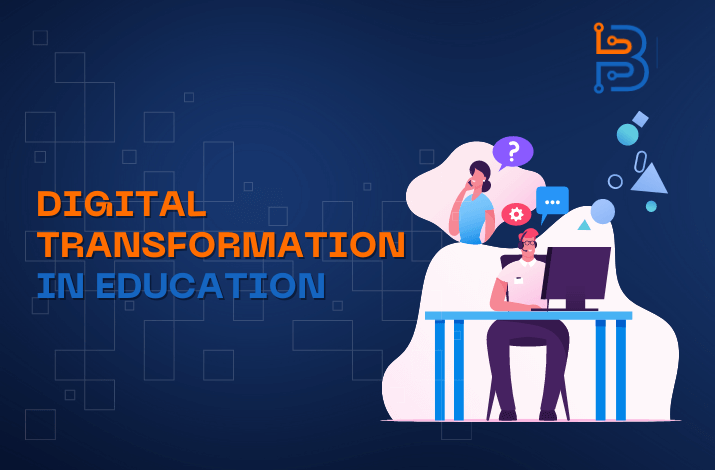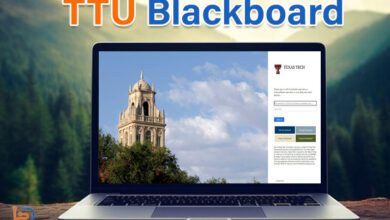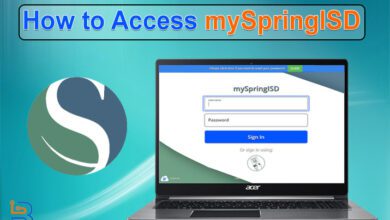Strategies For Successful Digital Transformation in Education

The concept of “digital transformation in education” refers to the complex process of incorporating technology into every aspect of education, from education in the classroom to the back-end administration. Here are a few things to keep at the forefront when creating a plan for a successful digital transformation in education:
Develop a Comprehensive Plan
A successful transition to digital learning requires careful planning. The plan has to detail the steps, timeframes, and resources required to successfully implement technology into the teaching, learning, and administrative processes. Important factors include infrastructural improvements, software and hardware needs, teacher education and development, student support services, and evaluation procedures. Equal access to technology, encouraging a culture of creativity and cooperation, and tracking the success of digital transformation efforts should all be outlined in the strategy. Additionally, the strategy should include provisions for regular evaluation and adjustment of the implementation tactics, stakeholder participation, and continued professional development. The success of any digital transformation in education depends on a well-thought-out plan that guides all parties involved.
Invest in Infrastructure and Resources
The success of any digital change in the classroom relies heavily on investments in infrastructure and resources. Adequate infrastructure includes sufficient network capacity, dependable hardware, and relevant software to facilitate e-learning. It is crucial to evaluate and improve the current infrastructure. Investing in resources means purchasing curricular-aligned digital content, educational software, and online tools. Ensuring educators and students have access to technological resources is also important. Proper training and technical assistance must be made available to make the most of the infrastructure and resources at hand. Institutional investments in infrastructure and resources can pave the way for technology’s effective and efficient incorporation into teaching and learning, improving student engagement and learning results.
Provide Professional Development for Teachers
Successful digital transformation in education relies on the ongoing professional development of teachers. Teachers require continuing training and assistance to incorporate technology into classroom activities successfully. Teachers’ digital literacy, familiarity with ed tech tools and platforms, and grasp of digital learning pedagogies should all be primary focuses of professional development programs. Training on subjects like blended learning, online assessment, data analysis, and digital citizenship can be provided through workshops, seminars, and online courses. Coaching and mentorship programs are another means of providing individualized support. Teachers can use technology more effectively, engage students in meaningful ways and improve student results in the digital age by investing in extensive professional development.
Read Also: Top 10 AI Text to Video Converters to Generate Awesome Videos
Establish a Clear Vision
Successful educational and technological change requires the development of a clear vision. Introducing technology into the classroom requires direction, purpose, and clarity, all of which may be provided by a well-articulated vision. It describes the positive effects of the digitization process and how they fit in with the institution’s overarching mission and values. A focus on individual students, tailoring instruction to their specific needs, ensuring all students have access to necessary materials, and fostering digital literacy should all figure prominently into the plan. It must highlight how tech tools can improve education, encourage teamwork, and fuel creativity. With a shared aim, stakeholders can coordinate their efforts toward a common end and guarantee that technology adoption improves students’ educational results.
Foster a Culture of Innovation and Collaboration
Making the right move to digital in education requires an atmosphere encouraging creativity and teamwork. Supporting innovation in the classroom requires making it safe for teachers and pupils to try out novel methods of instruction, adopt cutting-edge technological tools, and take risks with their thinking. Incorporating design-thinking approaches, giving credit for creative ideas, and making time for creative endeavors are all ways to achieve this goal. Sharing of best practices, cooperation between teachers, and alliances with business and community leaders are all fostered through collaboration, which is another reason why it’s so important. Universities of academic excellence have the power to inspire creativity, the ability to adapt, and growth by cultivating an environment that promotes originality, openness, and teamwork.

Prioritize Student-centered Learning
The solution to a successful electronic revolution in education is emphasising student-centered learning. Learners are emphasised in a learning environment that emphasises students, and lessons are adjusted based on each student’s objectives and strengths. Students are offered opportunities to take an active role in their learning experience by offering them the resources they need to analyse critically, work together, and solve issues. By the use of learning adaptive methods, tailored learning boundaries, and engaged participation and discovery enabled by digital tools, digital transformation can pave the way for student-centered learning. A change from a model focused on the teacher to one that values student input is necessary. By placing an emphasis on the individual learner, schools can better equip their students for success.
Ensure Equity and Accessibility
Accessibility for every student is crucial to achieving the digital education revolution. Children of every socioeconomic class deserve the same opportunities for education. Is this proposes supporting students from low-income families by offering them internet access, the internet, and adaptive equipment for students with disabilities? To ensure that all students can benefit from digital resources, they must be developed following standards and norms that promote equal access. To further address equity, schools must tailor interventions to meet the unique requirements of each student and equip them with the tools they need to close any gaps in performance. All kids may be given the tools they need to succeed in today’s information age if schools make equity and accessibility top priorities.
Monitor and Evaluate Progress
By conducting regular assessments and evaluations, schools may gauge the success of their programs, pinpoint problem areas, and make informed changes. Data on student results, classroom practices, technology adoption, and infrastructure efficiency will be gathered and analysed. Getting input from kids, teachers, and parents is also essential. It is important to set key performance indicators (KPIs) to monitor the results of digital transformation initiatives and gauge the achievement of objectives. Adjustments in strategy, resource distribution, and the placement of focused interventions are all possible thanks to the information gleaned from monitoring and evaluation. Educational institutions may ensure the success and value of their digital transformation programs and their impact on students’ learning outcomes by fostering a culture of continuous assessment and evaluation.
Conclusion
Successful digital transformation in education necessitates an all-encompassing strategy that incorporates a distinct vision, infrastructure investment, professional development, student-centered learning, equity, and ongoing monitoring and assessment. By utilising information successfully, promoting creativity and teamwork, and emphasizing the needs of learners, educational institutions may create a warm and exciting environment for learning. Students who are willing to explore new avenues of learning have a greater ability to thrive in today’s hectic, unpredictable world.






